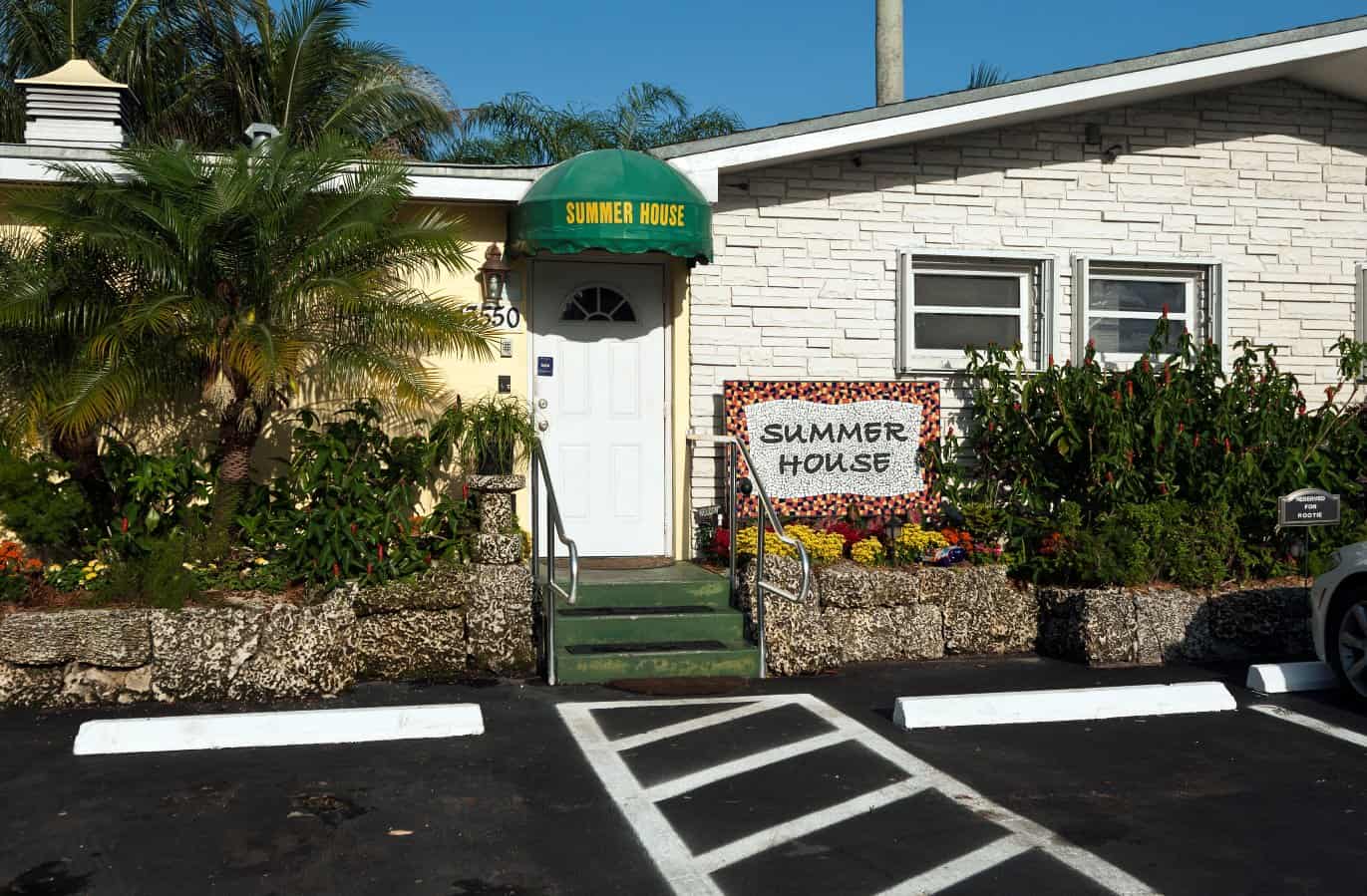By: Zachary Siegel | 04/10/16
To say, as the CDC did, that both pain patients and doctors are the culprits in rising mortality is misguided for several reasons.
The Painkiller Panic via Author
As the death toll from opioids and heroin rises, people are looking for answers, and also, someone to blame. The director of the Centers for Disease Control and Prevention, Dr. Tom Frieden, thinks he’s found both, in light of recently calling the epidemic of overdoses “doctor-driven,” where it’s urged that prescribers reign in the number of patients—particularly those with chronic pain—prescribed to opioid pain relievers. He believes that the epidemic “can be reversed in part by doctors’ actions.”
Where one 80 mg pill of OxyContin could cost anywhere from $40, $60, $80, one tenth of a gram of heroin cost $8 to $10. It was the fiscally conservative road to take.
It may sound like a sensible thing to do. The less prescription painkillers out there, in theory, the less chances there are of people becoming addicted to them. But there is a catch: the 8 million chronic pain patients currently prescribed to opioid pain relievers, the overwhelming majority of whom are not addicted, will see their supply cut off. So why should this group be bearing the brunt of restrictive policies and regulations when they’re not the ones contributing to the extreme death toll in the first place?
(I don’t know the answer.)
The panic over pain pills has reached far and wide. One New Jersey hospital, which appears to have taken the CDC guidelines to their extreme, became the first in the country to abandon the use of opioid pain relievers all together. But, with the caveat of having to “acknowledge the fact that opioids are an essential drug to managing people with severe pain, like cancer pain,” said Dr. Rosenberg, the Emergency Department chair. If you had a broken wrist would you want to be rushed to this ER?
To say, as the CDC did, that both pain patients and doctors are the culprits in rising mortality is misguided for a few reasons: 1) patients who suffer from chronic pain rarely misuse their medications or wind up addicted; 2) over 75 percent of people who misuse prescription painkillers score them the old fashioned way—from friends and dealers or other illicit sources, rarely physicians; and finally 3) the CDC itself found “those at highest risk of overdose are about four times more likely than the average user to buy the drugs from a dealer or other stranger,” not through a doctor’s prescription.
So the hard truth behind opioid prescribing, which the CDC neglects in its guidelines, is that the vast majority of people on them simply do not develop a dependency. But there is another story fueling the prescription painkiller panic, one that must be quashed. It’s an uncritical trajectory being peddled, that prescription painkillers are the “gateway to heroin.” The story goes, unsuspecting pain patients are being prescribed opioids, which turns them into mindless, opiate-eating zombies, and once the prescription runs dry, they turn to heroin. People attribute this false trajectory as another primary cause of the current opiate crisis.
And I’m part of the problem. Rather, stories such as mine are helping fuel the panic, that the leap from (legitimate) prescription painkillers to heroin—for people without substance use histories—is a common occurrence and contributing to swaths of opioid and heroin poisonings. And as a result, people who actually need opioids are being undertreated because of the new heroin hysteria.
The reality is that people are not moving toward heroin in the way it’s being portrayed. A 2013 study by SAMHSA found that even among the non-medical use of prescription pain relievers—i.e., people who took them without a prescription—the “vast majority” did not progress to heroin use. Only 3.6 percent of this group began using heroin within five years after their first non-medical use.
There is a critical difference between me, someone who loves opiates, and someone in pain who needs to take them. And this difference is being missed in the conversation about restricting prescriptions, and how people view the current opiate crisis.
via Author
Like most chaotic affairs, mine began when I entered my junior year of high school. I had a third-degree sprain on my ankle from skateboarding. Instantly, after rolling my left ankle, it swelled up to the size of a grapefruit, and I knew a trip to the ER was in order. My mother drove me and upon being examined, the nurse was preparing to shoot me up with something. But I insisted on being given a pill because I was afraid of needles. It’s an odd detail I remember acutely, because a few years down the road, I’d become an IV heroin user.
I was given a yellow, oval-shaped pill: 10 milligrams of hydrocodone. I was then given a bottle of 30 to take home. I’d sneak extra doses under my mother’s nose, who kept the pills in a drawer right next to the phone in the kitchen. Though I was in legitimate pain, the pills crushed me with warmth. I lay in bed and thoughtlessly watched movie after movie. True Romance, The Shining, Blade. Had eclectic taste. It felt like time moved by without me. I just sat there. I loved it.
****
Around a year later—during my senior year, when I was 17—I received a phone call. The person on the other end asked if I’d like to purchase large quantities of OxyContin at a discounted rate. My first response was thanks but no thanks, mainly because I did not know what I would do with them. As in, I didn’t know many people who were interested in buying them and furthermore, I wasn’t interested in taking them. I had certainly dabbled with opiates and grew to like them, but at this time I was taking Xanax and smoking THC, a combination that left me plenty satisfied.
But after telling my friend, who was sitting next to me, the price and how many pills were for sale, he lit up and said something to the effect of, “Call him right back because you can make a killing.” So I did. And so we did. Turns out, in 2006 and 2007, a lot of people wanted this particular drug. This is one of those scenes in life one can go mad over thinking and re-thinking. What if the supplier never called me in the first place? What if I never called him back? What if I was a sensible 17-year-old and responded to his proposal by saying, “Why are you trying to sell me OxyContin? Don’t ever call me again.”
I simply did not know and could not foresee that this phone call would take me for a five-year ride down a bleak, never-ending highway. Because, of course, after supplying a drug people were willing to pay a lot of money for, hounding me at all hours of the night, I grew curious. Because that is how my drug use began, by having something like a scientific fascination with the effects of narcotics on both my physiology and psychology. I took a keen interest in pharmacokinetics—the fate of substances as they moved through my bloodstream—an obscure field for a 17-year-old to find his kicks. I quickly became obsessed with learning about drugs, staying up night after night reading subjective experiences posted to Erowid, thematically analyzing them, eager to experience it myself.
I was careful in the beginning. I started off snorting around 10 milligrams—a hairline of white powder. Then I’d lie back and introspect. My head feels far away from my body. My eyelids feel heavy. This cigarette is exceptionally pleasant. I watched my friends indulge and noticed their slow bodies, their eyes, a sense of vacancy in them. Like here we all are but we’re not really there. The first time a friend did it—the same friend who told me to call the supplier back—he kept dropping a cigarette I’d given him. He’d pick it up and drop it again. And again. He couldn’t feel his fingers, I guessed.
Months down the road, the source for the cheap and plenty OxyContin dried up, and I noticed the sickness: the aches, depression, and nausea when I wasn’t sufficiently dosed. I also noticed when I told people to whom I sold the stuff that I had run out, they stopped calling. So I began to call them, asking how they are getting by without feeling sick. Heroin, it seemed, was what many had moved on to.
Chicago, I quickly discovered, was flooded with cheap heroin. And on the West Side, one can walk up to any number of corners where it is sold openly. Where one 80 mg pill of OxyContin could cost anywhere from $40, $60, $80, one tenth of a gram of heroin cost $8 to $10. It was the fiscally conservative road to take. The raw, free market won out.
***
Though the details of my story are somewhat unique, it highlights the general trajectory from prescription painkillers to heroin. Most of us who develop a dependency do so because opiates have a unique, powerful effect on us, and once we get a taste for them, we become insatiable. And my initial experience coincides with what the research demonstrates—that misusing other drugs, especially while you’re young, is a good predictor of future problems with addiction. In fact, most people who develop an addiction to opioids likely already have experience taking illegal drugs.
It’s worth pointing out that after my first legitimate prescription (from the ankle injury), I was not hooked. Though all the signs of future misuse were there. But my use, and the majority of people who use illicit opiates—the ones who are likely to die from an overdose—was not “doctor-driven.” The supply of OxyContin also wasn’t coming from a doctor. It was diverted through means I never fully understood. I didn’t want to ask those questions because I did not want to know. I think the statute of limitations is up by now anyhow.
While there is a great need to keep doctors in check, to prevent future pill mills and such, restricting the supply of opioids for people who need them will not make a dent in rising mortality. It’s simply the wrong target. The New Jersey hospital, for instance, will be denying best practices to patients in pain, preventing addiction in perhaps a few cases only.
Instead of cutting the supply of painkillers—which, as history tells us, only drives more people to black markets—why not put more resources into adequate, science-based treatment, so those who do get addicted get the help they need? Cutting the supply without a safety net to catch them sounds like another disaster waiting to happen.
Lastly, no one really understands why people, especially young people today—among whom heroin use has more than doubled in the past decade—are dulling themselves with a powerful, dangerous drug. It’s this pain that must be understood and alleviated.
– The Fix
If you or someone you know is struggling with drug abuse and in need of detox treatment in West Palm Beach, give Summer House Detox Center a call at 800-719-1090 to schedule a FREE consultation. You can also visit us at 13550 Memorial Highway Miami, FL 33161. We are open 24 hours a day, 7 days a week.







